Chemical Fertilizer & Pesticide Takeaways
Takeaways are key points detailed and referenced in the Chemical Fertilizer & Pesticide section
Fertilizer Use
Chemical fertilizers are one of the two leading sources of nutrient pollution, which is the primary cause of impairment to U.S. waterways; factory farm manure is the other source.
Corn and soybeans together account for ~50% of all U.S. nitrogen use and about 75% of all phosphorus use from chemical fertilizers.
The share of chemical fertilizers applied to corn and soybeans used specifically for animal feed is more than 30% of total U.S. nitrogen usage and almost half of all phosphorus.
Chemical fertilizer is the 2nd largest source of ammonia (after manure); ammonia creates PM2.5, a primary air pollutant, and like nutrient pollution in water, is also a major contributor to the nitrogen cascade.
Of the 9 planetary boundaries, nutrient pollution (excess N and P) is likely the most definitively transgressed, potentially destabilizing earth systems; the massive amounts of N and P used to grow animal feed rank high among the most counter-productive activities of mankind.
Herbicide Use
The two most common herbicides are glyphosate (~45% of total herbicide volume) and atrazine; both generate major concern about their effects on the environment and human health.
About half of all herbicides are applied to corn and soybeans.
About 60-70% of total U.S. glyphosate is applied to corn and soybeans; ~40% is applied to corn and soybeans used specifically for animal feed.
More than 80% of total U.S. atrazine is applied to corn; atrazine was banned by the EU in 2003 due to its toxicity.
A third or more of all herbicides are applied to that portion of crops that goes specifically to animal feed.
Insecticide Use (with a focus on neonics)
Although neonicotinoid quantities are not monitored by any federal agency, it is undoubtedly the primary insecticide in the U.S. Neonic-coated seeds have replaced most “conventional” insecticides.
The toxicity of neonics is unusually high and is widely understood to be damaging to pollinators, birds, fish, mammals, and a wide range of non-target insects.
Regional studies have found neonics in most tested waterbodies; about half of Americans have neonics in their urine.
Broadly estimated, ~75% of all neonics are used in the production of corn and soybeans.
About half of all neonics are applied to crops going specifically to animal feed.
Despite heavy usage, many researchers have concluded that the benefits of neonics are negligible; farmers have little power over and often do not know what kinds of seeds they are receiving.
